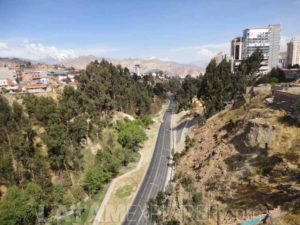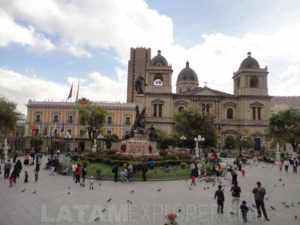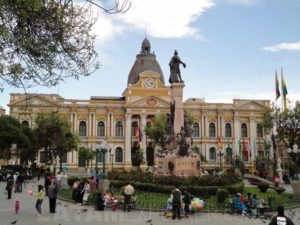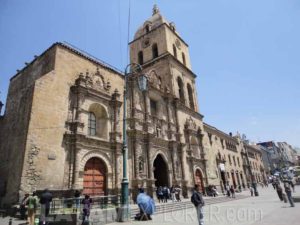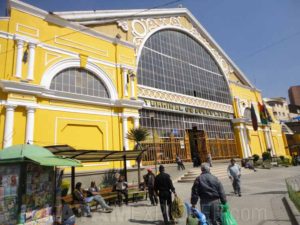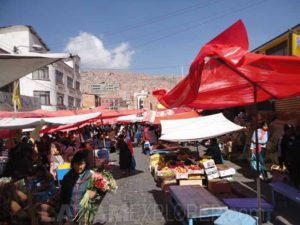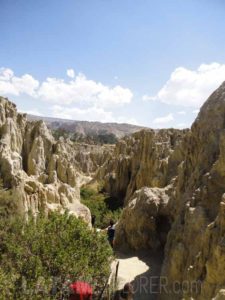Home > Destinations > Bolivia > La Paz
La Paz, Bolivia
Higher than any other seat of government in the world, located at an average altitude of 3,600 meters (11,800 feet), but that oscillates between the 3,200m and 4,100m (10,500ft to 13,500ft), La Paz is also the core of the largest metropolitan region of Bolivia with 2.3 million inhabitants (La Paz itself has 760,000). Although the city is not exactly the national capital, a title that constitutionally belongs to Sucre, located 700km (435mi) away, La Paz is the seat of the executive and legislative branches of the national government, as well a key cultural center of the country.
The main gateway to La Paz is El Alto International Airport that, situated 4,058m (13,300ft) above sea level, is the highest international airport in the planet. This airport is the second busiest in the country, second only to Santa Cruz la Sierra. El Alto, where the airport is located, is a peripheral city that has experienced an explosive growth in recent decades and is currently home to some 850,000 inhabitants - more than La Paz). La Paz also has a beautiful bus station designed by Gustave Eiffel, which offers departures to major domestic destinations, plus several options to travel to Peru.
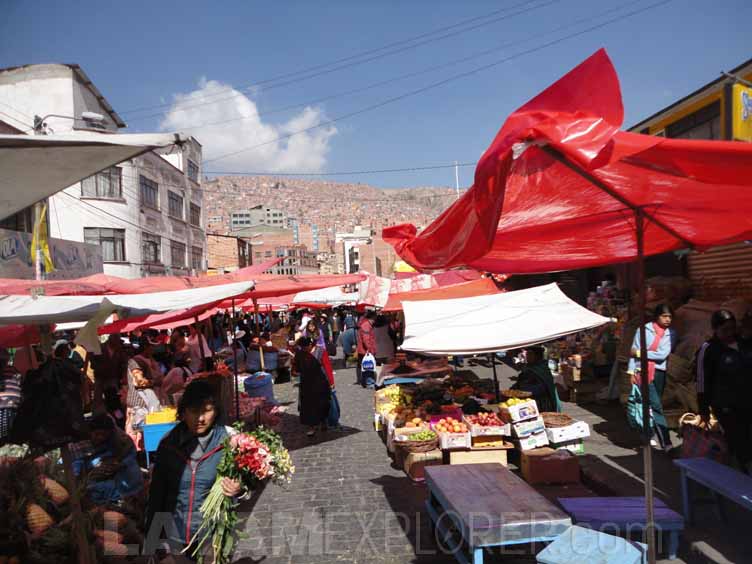
La Paz, founded in 1548, was the third city built by the Spanish settlers in the territory of present day Bolivia, following the settlements of Sucre (1538) and Potosí (1545). As a consequence of the Federal Revolution of 1898-1899, the seat of the national government moved from Sucre to La Paz, where it remains to this day.
Finding yourself in the city is relatively simple, since the vast majority of the places of interest are near a central axis formed by the avenues Mariscal Santa Cruz, 16 de Julio, Arce and Del Libertador. Overall, while the elite lives in the lowlands, where the weather is milder, the working class occupies the slopes of the mountains and the Altiplanic land, facing considerably lower temperatures. The viewpoint of Laikacota Park, near the Olympic Stadium, is one of the best places to take in a broad view of the central valley of the town. For a much broader perspective, you can also get aboard the new system of lifts, the largest network of urban lifts in the world, built to connect La Paz and El Alto and that, in addition to supplying transportation needs, offers privileged views to the snowcapped peaks of some of the surrounding mountains.
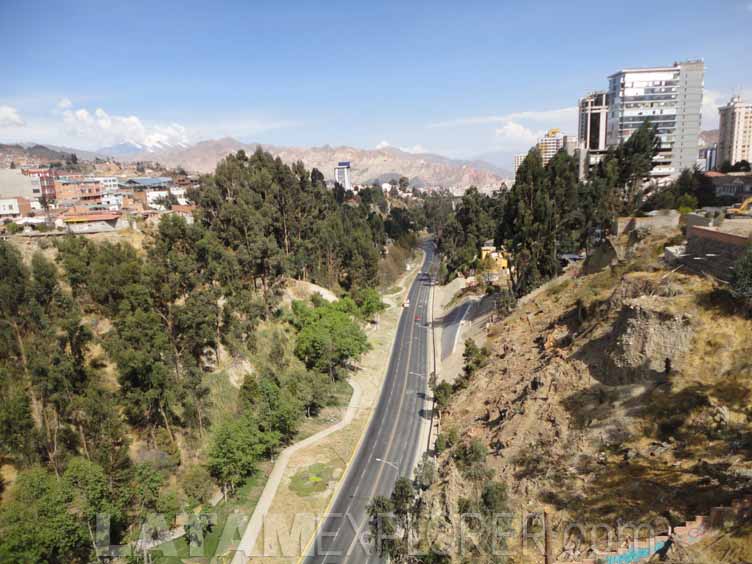
In the heart of the city, Murilo Square is flanked by several of the most important public buildings of Bolivia, such as the Quemado Palace, seat of the executive power, and the National Parliament. The square, which hosts sculptures promoting values such as the Union, the Glory, the Homeland and the Force, also houses the Metropolitan Cathedral, built in 1835. Leaving the square behind and heading westwards through Ingavi Street, you will soon arrive at the Ethnographic Museum, and then, continuing northwest, at the Municipal Theatre and finally at Jaen Street, where a number of colonial buildings are home to several interesting museums.
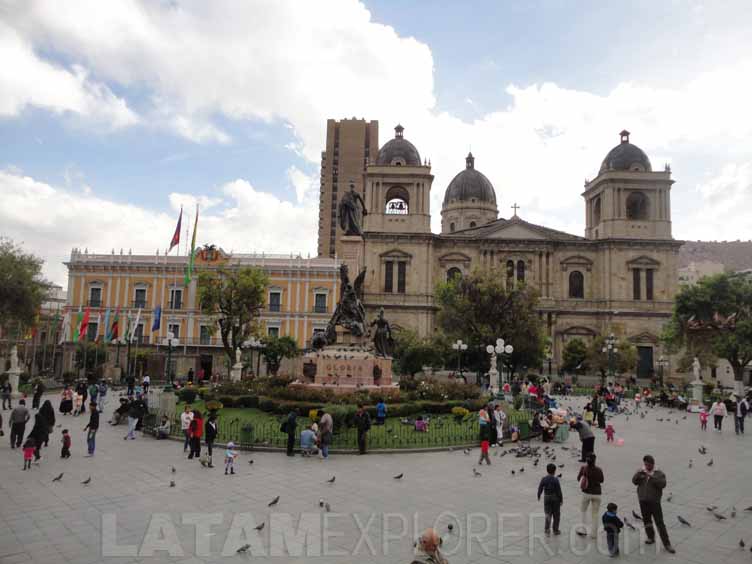
One of the neuralgic points of the city lies just a few blocks to the south. The Plaza Mayor, meeting point par excellence, is opposite the Basilica of San Francisco, whose building also houses the San Francisco Museum, where many relics of the city are stored. A beautiful panorama of the neighborhood is seen from the top of the church tower. The Sagarnaga Street, next to the Basilica, is occupied by a number of souvenir shops and travel agencies. The neighborhood is also an ideal place to find handicrafts, medicinal herbs, amulets and more. The Coca Museum, located in the area, explains the importance of the coca plant for the region as well as the dangers of its consumption when processed in the form of illegal drugs.
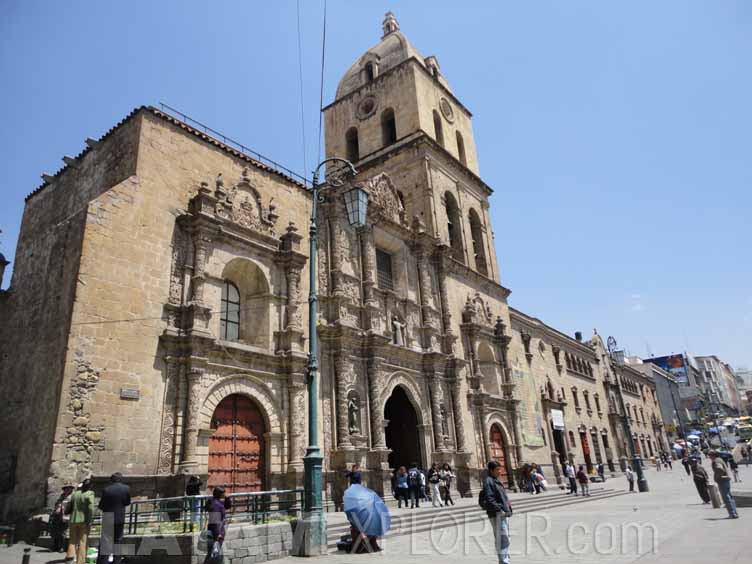
Avenida 16 de Julio, known as Paseo del Prado, offers one of the most pleasant walks in La Paz, particularly on Sundays morning. There, wandering along the main road axis of the city, among monuments, fountains and some of the most important buildings in the country, you can also participate in recreational activities or attend any of the small fairs being usually held.
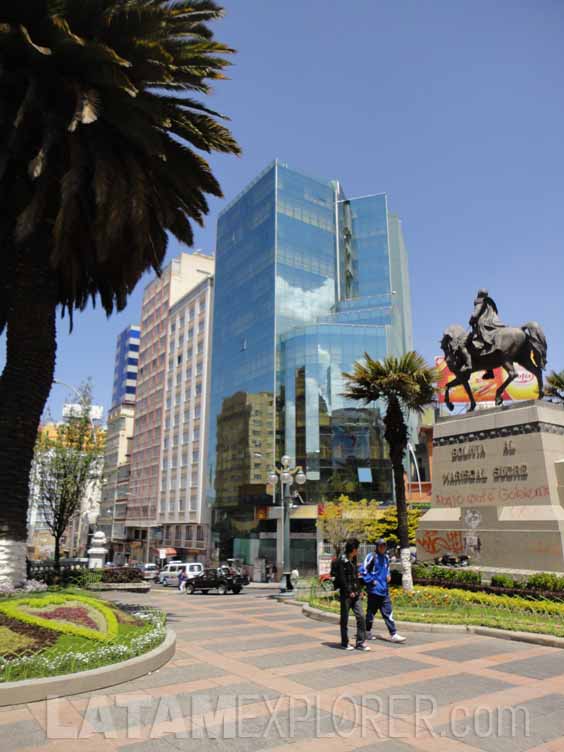
The surroundings of La Paz have at least two other places of great touristic interest. One of them, located within the urban area in the south of the city, is the Valley of the Moon. This park consists of a maze of canyons and other rock formations formed by the erosive strengths of the wind and of the rain. Two paths, taking 15min and 45min to complete, allow visitors to enter the park and see some of the local flora. The second landmark, located at 1h30 from the center of La Paz on the road that connects it with Lake Titicaca and Peru, is called Tiwanaku. These are the ruins of a pre-Inca city, declared a World Heritage site, and located 4,000 meters (13,100 feet) above sea level. Nicknamed the "Stonehenge of the Americas" this is a complex of administrative buildings and an imposing ceremonial temple. According to researchers, the civilization responsible for the construction of this city would have flourished in the second millennium BC and vanished near the year 1000 A.D.
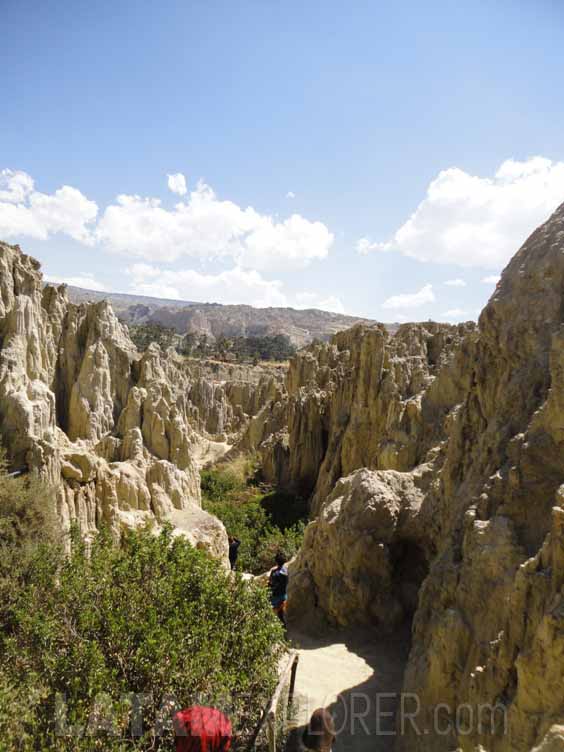
When you feel like leaving La Paz, some options of to consider include the cities of Potosí (540km / 335mi), Sucre (700km / 435mi), Cochabamba (380km / 235mi) and the Salar de Uyuni (540km / 335mi), in Bolivia. In addition, La Paz is also near the border with Peru, and Puno, the main base for exploring Lake Titicaca, is just 260km (160mi) away.
